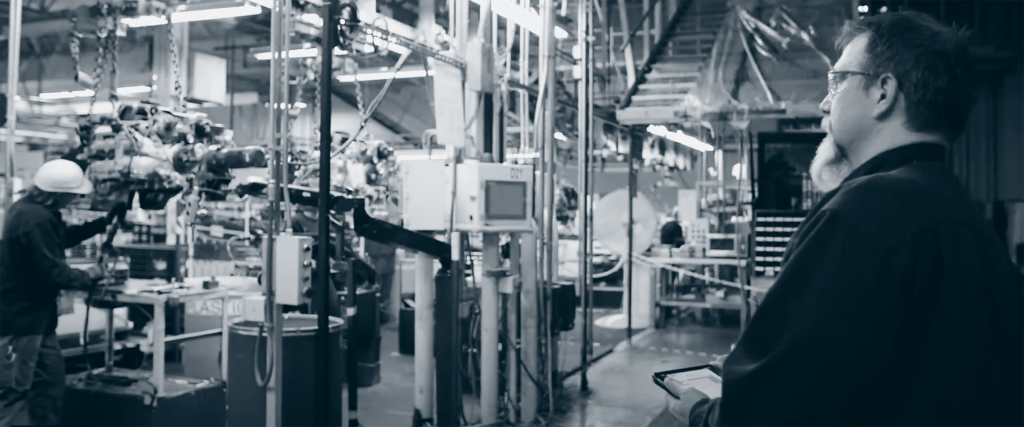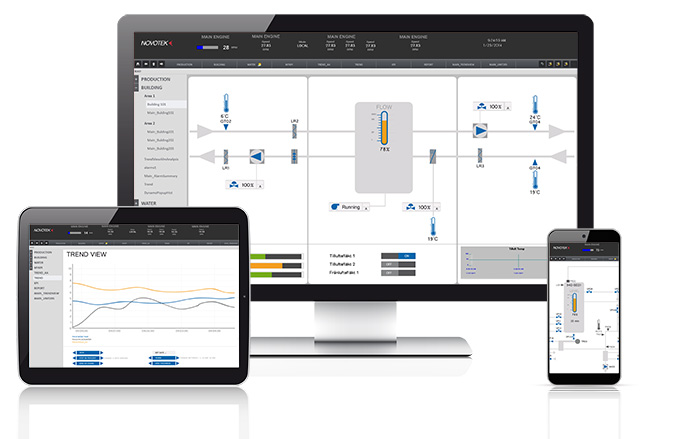The fountain of youth for the aging industrial infrastructure
Both a generation of workers and the plant’s infrastructure are getting older. A modern HMI/SCADA system can help you deal with the challenges.

Today’s plants face a multitude of challenges. With a generation of workers retiring, there is a growing concern about how knowledge can be passed on to the next generation. The infrastructure in many facilities is also aging, and is experiencing greater productivity challenges than before. On top comes increased demands for profitability and tighter budgets.
Due to budget restrictions, resources for plant systems are often limited. You cannot easily increase budgets or purchase new equipment, making it difficult to carry out infrastructure modernisation, expansion, and technology upgrades. How can you address these critical challenges while delivering the best return on investment to your organisation?
To become as efficient as possible with the assets you have, you must look at your operations holistically. In this way you can understand and predict what’s happening, and make the best decisions for modernising and optimising.
How to save the aging industrial infrastructure
The good news is there are technology and solutions readily available to transform your aging plant infrastructure. This technology revolutionises what’s possible for today’s industrial organisations.
By modernising your existing HMI/SCADA system, you can cost effectively get High Performance visualisation. In addition, you get real-time information when and where you need it via remote monitoring, and have the ability to connect the dots between your data, leveraging the Internet of Things (IoT). This modern HMI/SCADA solution makes it easier to guide newer operators through the right steps to take. Welcome to the modern HMI/SCADA system – where machines, data, insights, and people are connected.

Today’s challenges
In general, challenges at an industrial organisation, whether a manufacturer or utility, are rooted in three main areas: Availability and reliability, risk and cost.
Availability and reliability
- Aging infrastructure.
- Productivity and efficiency issues related to downtime.
- Stability of the system.
- Reliability of the data coming in from the field.
Risk
- Compliance concerns.
- Quality.
- Cybersecurity.
- Physical security.
- Reporting.
- Errors due to high workforce turnover and experienced operators retiring.
Cost
- Waste.
- Training newer operators.
- Energy costs.
- Maintenance.
How can you reduce cost without compromising availability? And how do you reduce risks while keeping costs under control?
Overcoming challenges with modern HMI/SCADA
The modern HMI/SCADA helps to reduce operating cost, maintain a high level of operations, ease compliance with evolving regulatory standards, and increase efficiency of the field operators. Additionally, you can use this control layer as a foundation for digital transformation to be better prepared for the future.
By modernising HMI/SCADA, industrial organisations can directly address the three main challenges in several ways:
High availability and reliability
- Secure-by-design SCADA.
- Disaster recovery architecture.
- Reliable data management.
- Information anytime, anywhere.
Risk management
- Effective alarm management.
- Consistent operating processes.
- Improved communication and collaboration across teams.
Cost management
- More efficient operators.
- Enhanced operations visibility.
- Effective data analysis.
Want to see an example of modern HMI/SCADA? Proficy iFIX and CIMPLICITY from GE Digital have delivered results in thousands of facilities worldwide.
Updating your aging industrial infrastructure means providing contextually relevant information for operators, facilitating situational awareness, and increasing productivity and reducing risk. It’s time to see how modern HMI/SCADA can optimise your production.
This article was originally written by Alicia Bowers Millinger at GE Digital. Read it on GE Digital’s website.







